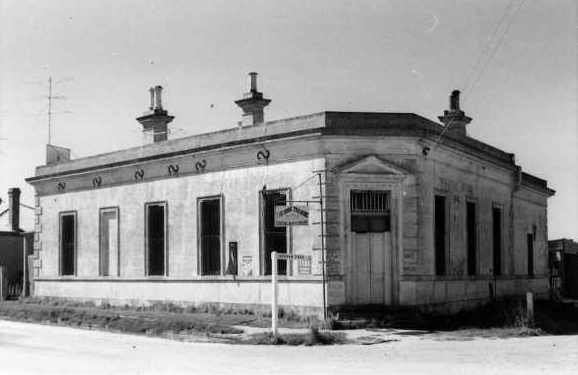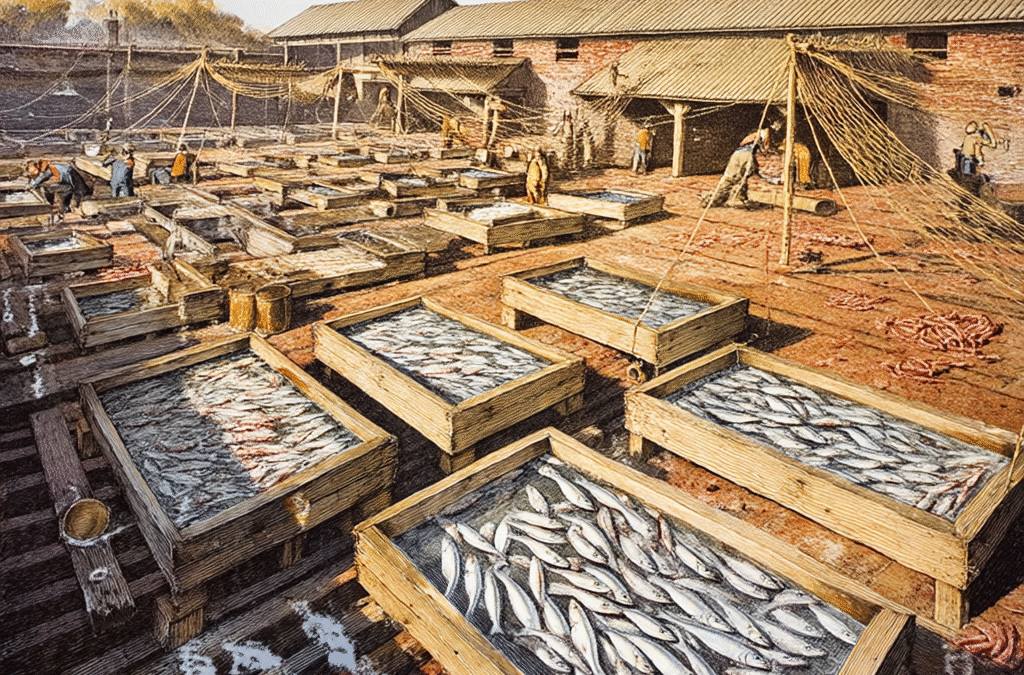 In the heart of Port Albert stands a building that has witnessed the ebb and flow of the town’s history for over 160 years. The former Bank of Victoria, now serving as the Port Albert Maritime Museum, is a testament to the region’s architectural heritage and its economic and social development.
In the heart of Port Albert stands a building that has witnessed the ebb and flow of the town’s history for over 160 years. The former Bank of Victoria, now serving as the Port Albert Maritime Museum, is a testament to the region’s architectural heritage and its economic and social development.
The story of this remarkable building began in 1856 when the Bank of Victoria first established its presence in Port Albert, opening a branch in a prefabricated iron store on Victoria Street. As the town grew, so did the bank’s ambitions, and in 1861, the bank commissioned the renowned architectural firm Robertson and Hale to design a new building that would reflect its growing importance and the town’s prosperity.
Robertson and Hale created a single-storey stuccoed brick building in the Conservative Classical revival style, incorporating elements such as a splayed corner, corniced parapet, pedimented entrance, and quoining. The resulting structure was a striking and impressive façade that emphasized the bank’s prominence in the community. The former Bank of Victoria is architecturally significant as a rare and well-preserved example of the Conservative Classical revival style, and it is one of only two known surviving works by Robertson and Hale, making it a valuable part of the firm’s legacy. Furthermore, it is the only architecturally designed bank building of its era in the Gippsland region.
 The bank’s history is intertwined with that of Port Albert and the broader Victorian economy. Established during the gold rush era by Henry ‘Money’ Miller, MLC, the Bank of Victoria played a crucial role in the state’s economic development, and the Port Albert branch demonstrated the bank’s commitment to serving regional communities and its confidence in the town’s future. The building’s grand design and prominent location symbolize Port Albert’s prosperity and the expectations for its growth in the 19th century, cementing its importance as a coastal trading port.
The bank’s history is intertwined with that of Port Albert and the broader Victorian economy. Established during the gold rush era by Henry ‘Money’ Miller, MLC, the Bank of Victoria played a crucial role in the state’s economic development, and the Port Albert branch demonstrated the bank’s commitment to serving regional communities and its confidence in the town’s future. The building’s grand design and prominent location symbolize Port Albert’s prosperity and the expectations for its growth in the 19th century, cementing its importance as a coastal trading port.
However, the economic depression of the early 1890s led to the bank’s closure in 1895, and the building began a new chapter in its history. In 1896, the building was sublet to Robert Hunter and a baker named John Lewis as two residences. Over the following years, the former bank building became home to various tenants, including Richard Trembath, a teacher who resided there from around 1903 to 1906, and Henry Avery, a fisherman who leased the building in approximately 1910. These diverse occupants demonstrate the building’s adaptability and its enduring presence in the community.
 Today, the former Bank of Victoria has found a new purpose as the Port Albert Maritime Museum, showcasing the region’s rich maritime history and the stories of the individuals who shaped it. The building itself, with its impressive architecture and storied past, stands as an exhibit in its own right, offering visitors a glimpse into the aspirations and challenges of a bygone era.
Today, the former Bank of Victoria has found a new purpose as the Port Albert Maritime Museum, showcasing the region’s rich maritime history and the stories of the individuals who shaped it. The building itself, with its impressive architecture and storied past, stands as an exhibit in its own right, offering visitors a glimpse into the aspirations and challenges of a bygone era.
The former Bank of Victoria, now the Port Albert Maritime Museum, is a witness to Port Albert’s evolving history. Its architectural significance, as a rare example of the Conservative Classical revival style and the work of Robertson and Hale, is complemented by its historical importance as a symbol of the town’s economic and social development. As it has adapted to the changing needs of the community, from a bank to residences and now a museum, the building remains a tangible link to the past and a source of pride for the people of Port Albert.



